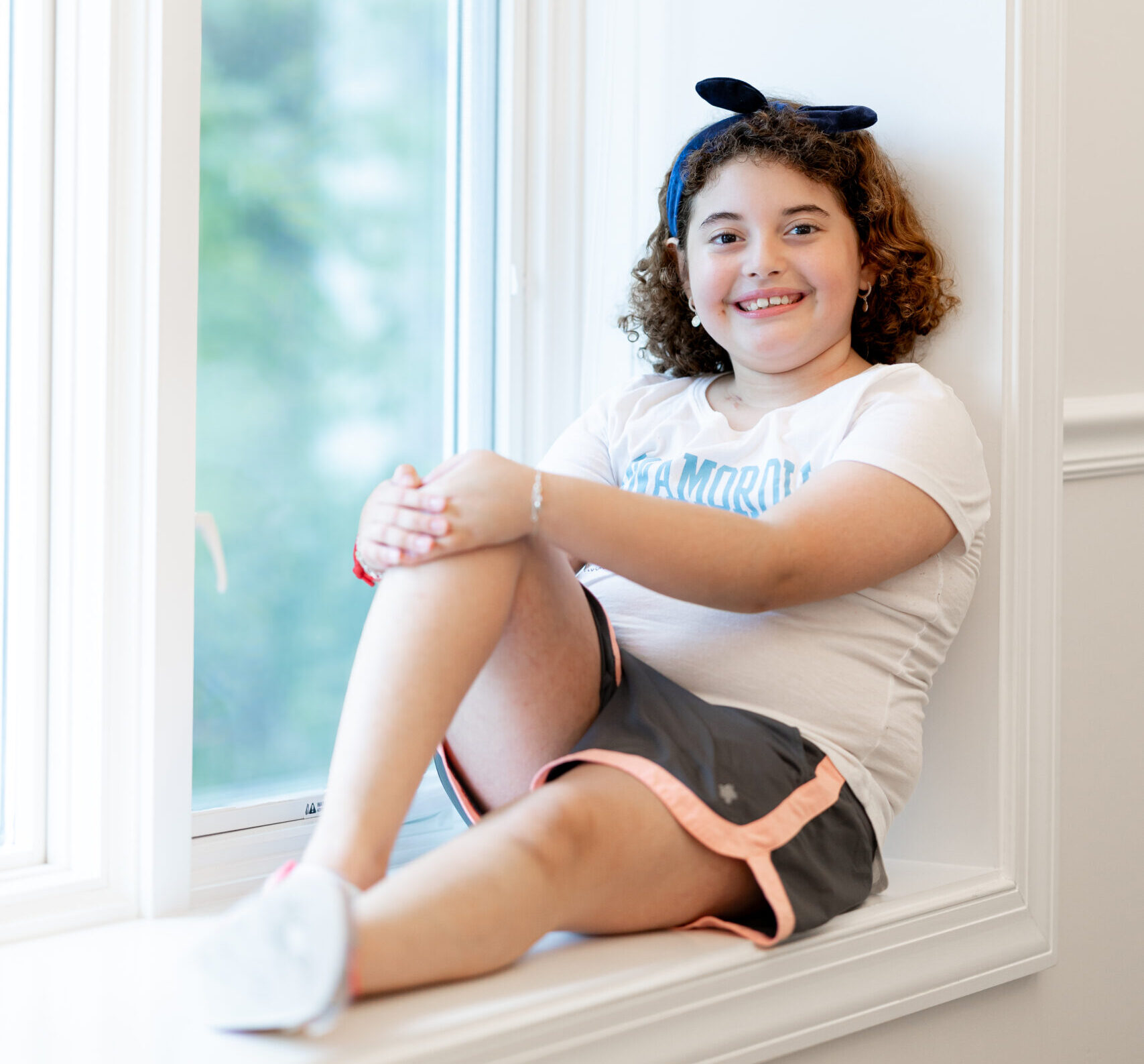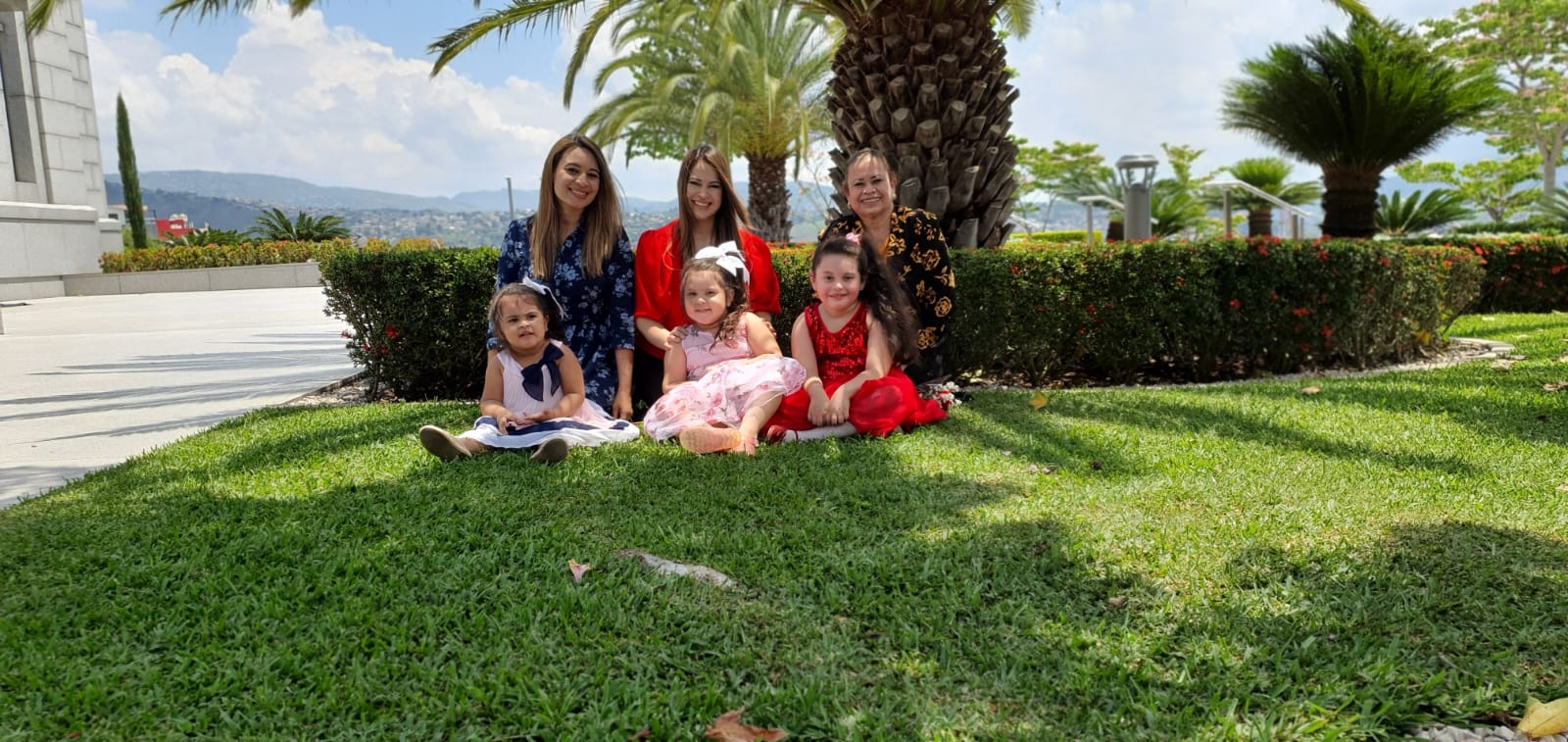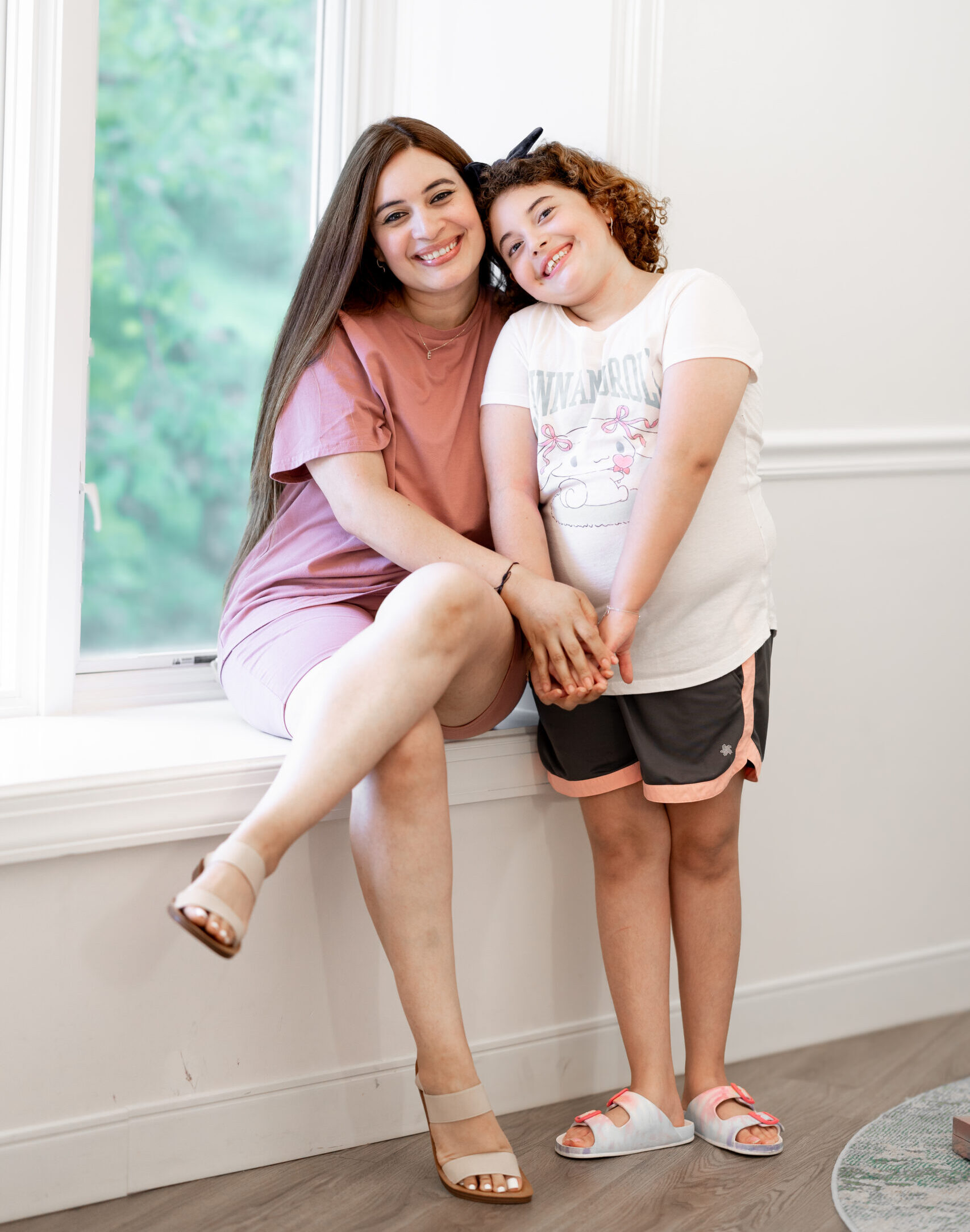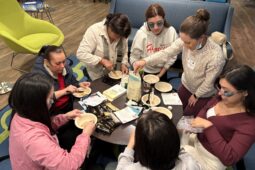After Harrowing Journey, Emily Finds Joy at The Inn
A grim prognosis almost led to the end of Emily’s battle with aplastic anemia

The situation was dire. After months of treatment at her local hospital, six-year-old Emily was running out of time and running out of options. Finally, doctors told her mother Estefany that there was nothing more they could do. Discharged from the hospital, Emily was given just 24 hours to live.
The problems had started innocently enough. Earlier that year, she would arrive home from school and immediately fall asleep for the rest of the afternoon, too tired to do anything else. That extreme fatigue, combined with the appearance of red specks on her skin as if blood vessels were bursting under her skin, as well as bruising that occurred so easily that one formed while she was simply sitting down, led to her first visit to the hospital many months before that grim prognosis.
Doctors quickly diagnosed her with aplastic anemia, a rare but life-threatening blood disorder that occurs when bone marrow cannot make enough new blood cells for the body to work normally. Though they could manage the symptoms with periodic blood transfusions, doctors knew that would not last forever. Emily’s veins were not always going to be easily accessible, and as they told Estefany, doctors would not be able to safely treat her in a moment of crisis.
Armed with that information, Estefany and her doctors at home got to work. She looked online for places that could help Emily, reaching out to hospitals and foundations in the hopes that they would sponsor her treatments. Eventually, a foundation called Be the Match reached out. Once they knew the details of Emily’s story, they were able to connect her with Dr. Richard Childs at the National Heart, Lung, and Blood Institute (NHLBI) at the National Institutes of Health. Childs has focused his research on allogeneic stem cell transplantation and tumor immunology to treat aplastic anemia.
With preparations underway to enroll Emily in a study at NHLBI, she continued her regular infusions at her local hospital. Without warning, though, and with the planned arrival at NIH still undetermined, her doctors told Estefany they had reached the limits of their capabilities. So, Estefany made up her mind—it was Go Time.
“I was desperate to get here,” Estefany remembered. “I was anxious, but all I could really think about was Emily. Fortunately, we had bags pre-packed because we were already waiting on our date. But I was determined to come whether we had a date or not. I needed help for my daughter. We left home without saying goodbye to family, including my sister who lives next door.”

Emily and her mother, Estefany (left), with Emily’s aunt, grandmother, and two cousins
Knowing that the trip would eventually be necessary, Estefany and some family and friends had been going door to door telling Emily’s story. She also got attention from some local television channels that aired her story. Those donations, combined with a hastily put-together GoFundMe page, helped fund the urgent travel to NIH.
On the last leg of the journey, a plane ride from Texas to Washington, Emily went into crisis. When that happened, her doctors had warned, she could start to hemorrhage and bleed in her brain. Fortunately, two doctors on the plane stabilized her and were able to contact Dr. Childs’ team at NIH. Paramedics were on the ground when they landed, and they whisked her off to the NIH Clinical Center.
Once at NIH, Emily received transfusions again and was put on a rigorous medication plan. The original plan was to do that for 3-to-6 months before considering the necessity of a transplant.
That ended up lasting eight months. Emily’s platelet levels would go up, but then they’d come back down. Ultimately, the doctors opted for a transplant, which took place in September 2023.
The first week at NIH was chaotic for Estefany and Emily, with constant oversight and care by the medical professionals at the Clinical Center. Finally, they were able to check into their room down the hill at The Children’s Inn.
“I never knew a place like this existed,” Estefany smiled. “When I first got here and they told us that we had our own room, I was ecstatic. I thought I would be sleeping on the floor of the hospital room the whole time. It was such a blessing to come here. Not only did we have a room, but Emily had toys. It was such a wonderful support for us. I hugged the volunteer who brought us to our room!”

Emily and Estefany at The Inn
Emily is now nine years old. With a friendly smile for everyone she encounters, from Inn staff and volunteers to doctors to visiting mascots, she seems to be at every activity and program The Inn offers. She loves Mario Kart and took advantage of the game room prior to The Inn’s renovation project. She also likes to draw with markers and paint, and excels at the art classes offered regularly. Her favorite, she recalls, was a clay molding class.
When asked about her memories of those early days at NIH, Emily summarized everything her medical team had done over the years. “I got here because I was sick,” she explained simply. “But I think I’m healthy now!”
Her mother and her medical team still have some concerns, and are continuing to monitor her, as they have in the two years since her transplant. Her platelet levels continue to fluctuate, and she has trouble breathing at night sometimes. She also suffers from anxiety and depression. Overall, her treatment plan involves around 20 pills a day, down from a number nearly twice as high shortly after the transplant. Estefany described her daughter as a rechargeable battery. “One moment she is super energetic, but she can still get fatigued very quickly.”
Although their departure was sudden, Emily and Estefany have been able to see family during their time at The Inn. Emily’s grandparents visited for extended stays, as well as her aunt and uncle. They have gotten to see Emily in her element, surrounded by new friends and caring attention from everyone at The Inn.
“I want everyone to know how thankful I am,” Estefany emphasized. “I thank God, the doctors here, and of course The Children’s Inn has been so wonderful to us. Emily has been so courageous throughout this whole experience, and I just want her to grow up and do everything that she ever dreamed of doing.”




